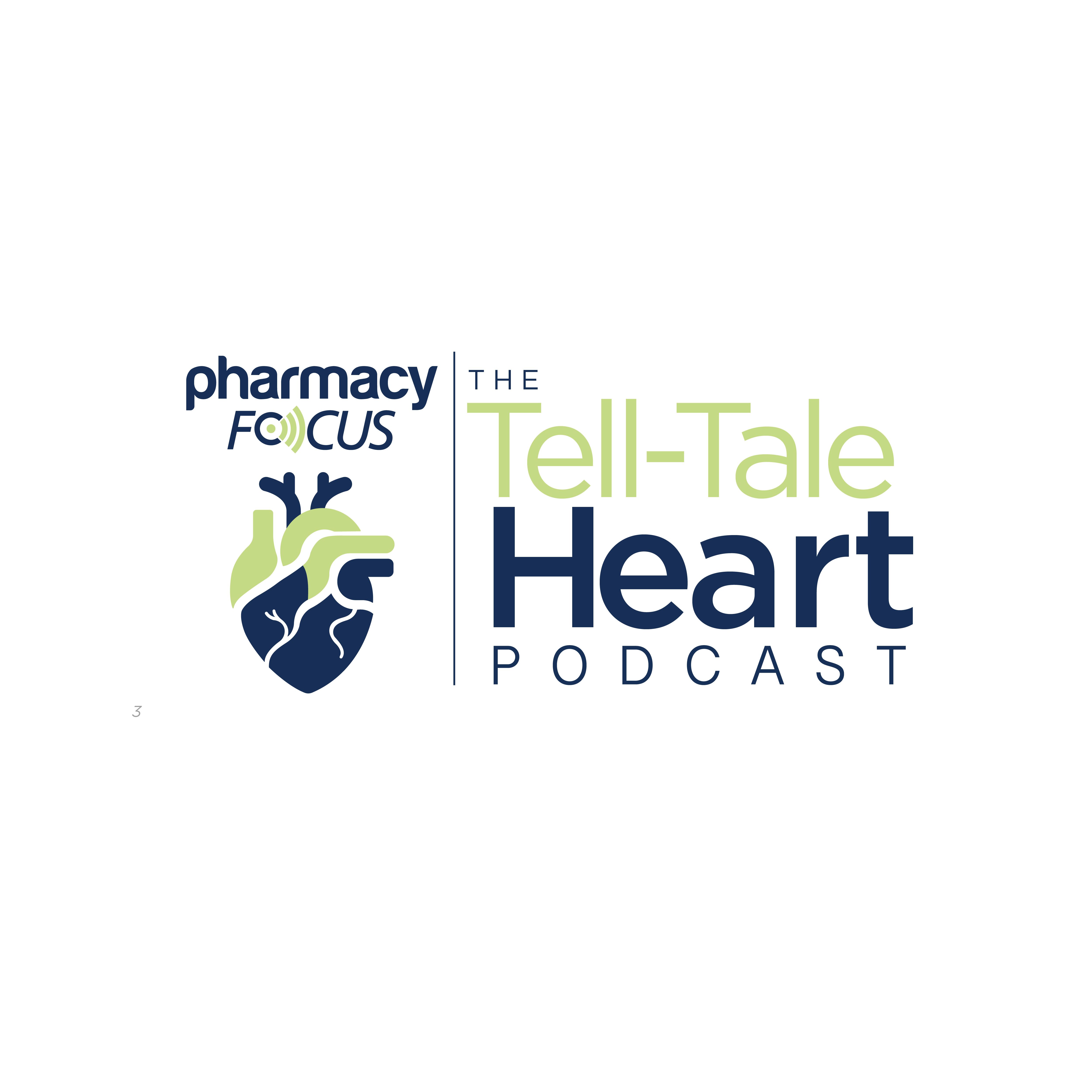Long-term tirzepatide (Zepbound; Eli Lilly & Co.) improved renal function, determined by both cystatin C and creatinine, in patients with obesity, chronic kidney disease (CKD), and heart failure with preserved ejection fraction (HFpEF), according to results presented at the 2025 American College of Cardiology (ACC) Scientific Sessions, which were held in Chicago, Illinois. Despite these positive findings, the investigators noted that the measurement of estimated glomerular filtration rate (eGFR) in patients with obesity receiving incretin-based drugs may be skewed by the effects of fat and muscle mass on the synthesis of cystatin C and creatinine.1 The results of this study were published in the Journal of the American College of Cardiology2 at the time of its presentation at the 2025 ACC Scientific Sessions, according to the investigators.1
The authors speculated that because obesity can lead to both CKD and HFpEF, CKD may influence the clinical course of obesity-related HFpEF, and incretin-based drugs may impact renal function. The SUMMIT trial, a randomized, placebo-controlled, double-blind phase 3 trial (NCT04847557),3 was conducted to assess 2 outcomes: the influence of CKD on the clinical responses to tirzepatide—a glucagon-like peptide 1 agonist that targets 2 receptors to shrink fat cells and reduce the impacts that enlarged fat cells have on heart and kidney health—related to patients with obesity-related HFpEF; and the complexity of changes in renal function. For both of these outcomes, there was a focus on discrepancies between creatinine-based and cystatin C-based estimates of eGFR, according to the investigators.2,3
The SUMMIT trial randomly assigned 731 patients with HFpEF and a body mass index of 30 kg/m2 or greater, of which about 60% also had CKD. Patients were randomly assigned to receive either a placebo or tirzepatide for a median of 104 weeks. They were followed for cardiovascular death or worsening heart failure events, as well as for changes in the Kansas City Cardiomyopathy Questionnaire Clinical Summary Score (KCCQ-CSS) after 52 weeks. The authors explained that because of the confounding due to obesity and changes in muscle mass, eGFR was assessed at randomization and after 12, 24, and 52 weeks by both creatinine-based and cystatin C-based formulas.1-3
The findings demonstrated that patients with CKD—based on creatinine or cystatin C—had greater severity of heart failure, as reflected by the following: worse functional class, KCCQ-CSS scores, and 6-minute walk distance; higher levels of N-terminal pro–B-type natriuretic peptide and cardiac troponin T; and a 2-fold increase in the risk of worsening heart failure events. Additionally, CKD was not observed to influence the effect of tirzepatide in the reduction of relative risk of major adverse heart failure events and to improve KCCQ-CSS, quality of life, and functional capacity; however, the absolute risk reduction in the primary events was numerically greater in patients with CKD.2
Further, baseline eGFR-cystatin C was consistently approximately 9 mL/min/1.73 m2 lower than that eGFR-creatinine in renal function assessments, with significant individual variance. Tirzepatide increased eGFR at the 52-week period, assessed by both creatinine-based and cystatin C-based formulas; however, this was with considerable discordance in individual patients. Tirzepatide also produced a decline in eGFR at the 12-week period with eGFR-creatinine but not eGFR-cystatin C. It led to an improvement in eGFR at the 52-week period in all patients when assessed by cystatin C; however, this was only in patients with CKD when assessed by eGFR-creatinine.2
“The interplay of these 3 conditions identifies a patient population as exceptionally high risk, which means it’s a patient population that is exceptionally in need of treatments that work,” first study author Milton Packer, MD, distinguished scholar in cardiovascular science at Baylor University Medical Center in Dallas, said in a news release. “This drug improves kidney function, obesity, and HFpEF outcomes, thus improving all 3 elements that interact to create this syndrome.”1
About the Trial
Trial Name: A Study of Tirzepatide (LY3298176) in Participants With Heart Failure With Preserved Ejection Fraction (HFpEF) and Obesity: The SUMMIT Trial
ClinicalTrials.gov ID: NCT04847557
Sponsor: Eli Lilly and Company
Completion Date: July 2, 2024
The presence or absence of CKD did not impact the frequency of gastrointestinal symptoms in the 2 treatment groups, according to the investigators. In patients with CKD, gastrointestinal symptoms were reported in about 54.2% (n = 116) of patients treated with tirzepatide compared with 27.5% (n = 63) of placebo-treated patients (P < .001). In those who did not have CKD, about 58.8% (n = 78) of tirzepatide-treated patients and 24.8% (n = 33) of placebo-treated patients had these adverse events (P < .001), both defined by cystatin C. Similar results were also noted when CKD was defined by eGFR-creatinine.1,2
“Most patients with obesity who have HFpEF and CKD are not getting any effective treatment,” explained Packer. “We were very pleased to see the improvement in kidney function, which paralleled the favorable effects on the heart and on obesity.”1
REFERENCES
1. American College of Cardiology. Tirzepatide Benefits People with Obesity, Kidney Disease and Heart Failure. News release. March 31, 2025. Accessed April 2, 2025. https://www.acc.org/About-ACC/Press-Releases/2025/03/31/13/01/Tirzepatide-Benefits-People-with-Obesity
2. Packer M, Zile M, Kramer C, et al. Interplay of Chronic Kidney Disease and the Effects of Tirzepatide in Patients With Heart Failure, Preserved Ejection Fraction, and Obesity: The SUMMIT Trial. JACC. 2025. doi:10.1016/j.jacc.2025.03.009
3. A Study of Tirzepatide (LY3298176) in Participants With Heart Failure With Preserved Ejection Fraction (HFpEF) and Obesity: The SUMMIT Trial. ClinicalTrials.gov identifier: NCT04847557. Updated July 22, 2024. Accessed April 2, 2025. https://clinicaltrials.gov/study/NCT04847557

















